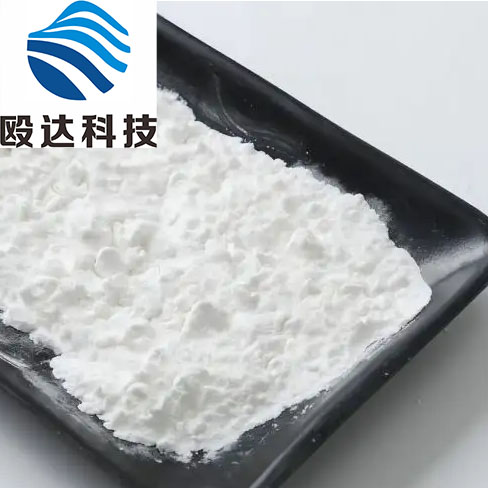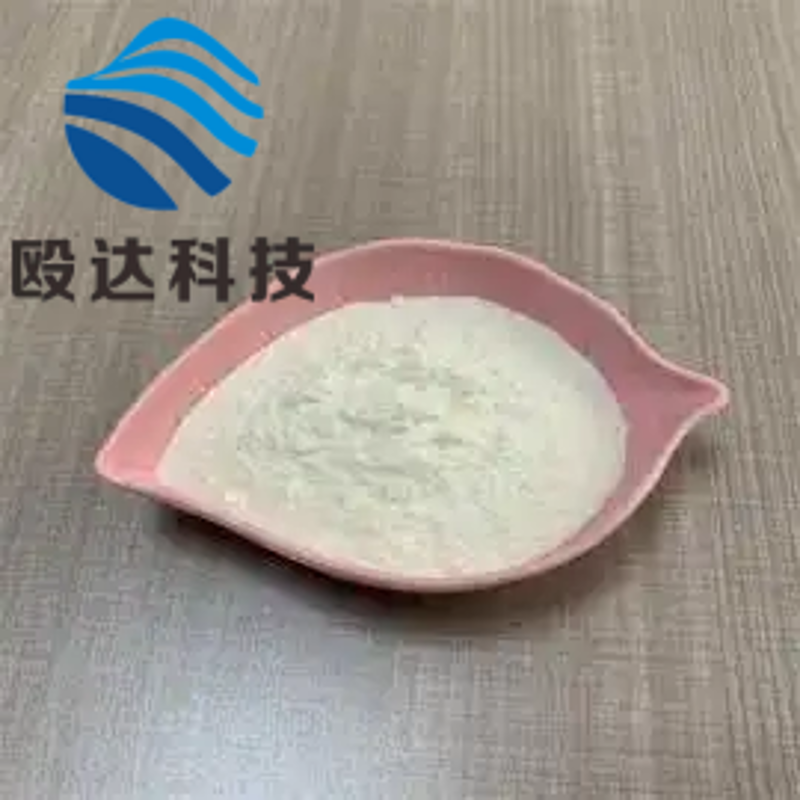-
Categories
-
Pharmaceutical Intermediates
-
Active Pharmaceutical Ingredients
-
Food Additives
- Industrial Coatings
- Agrochemicals
- Dyes and Pigments
- Surfactant
- Flavors and Fragrances
- Chemical Reagents
- Catalyst and Auxiliary
- Natural Products
- Inorganic Chemistry
-
Organic Chemistry
-
Biochemical Engineering
- Analytical Chemistry
- Cosmetic Ingredient
-
Pharmaceutical Intermediates
Promotion
ECHEMI Mall
Wholesale
Weekly Price
Exhibition
News
-
Trade Service
The pixabay.com pancreas is important for body metabolism, but it remains one of the least studied organs.
of diabetes focuses on islet function and pays little attention to the entire pancreas, mainly due to a lack of sufficient technology to study the islet's body, which is associated with its particular anatomy site.
, which can be used to measure pancreatic volume, has been shown to reduce pancreatic volume by 20-30% compared to normal levels in people with type 2 diabetes.
type 2 diabetes have small pancreas and irregular shape.
if these abnormalities are caused by the disease itself, rather than some other trigger, then patients with controlled blood sugar relief should be able to return to normal pancreatic morphology.
study by Lancet has used new techniques to discover the irregular shape of the pancreas in people with type 2 diabetes.
with these observations, the researchers asked whether type 2 diabetes is smaller at birth, or whether people with abnormal pancreatic morphology are more likely to develop type 2 diabetes, or whether it is the result of a secondary disease.
is a powerful growth hormone whose concentration levels rise after a meal.
type 2 diabetes, the loss of these peak insulin secretions can lead to the degeneration of the pancreas.
a PubMed search conducted on February 4, 2020, researchers used the keywords type 2 diabetes and pancreatic volume to search for only 15 results published in English.
of the published studies are designed to be cross-sectional.
no one studied the effects of weight loss on the volume of the pancreas in type 2 diabetes, except for a previous paper that reported no short-term changes in the pancreas in a different queue.
, the goal of the study was to determine whether the size and shape of the pancreas changed during the 2 years of type 2 diabetes blood sugar remission.
the post-mortem analysis, the researchers included a group of adult participants in the Diabetes Mitigation Clinical Trial (DiRECT) who had type 2 diabetes and were randomly assigned to weight management interventions or routine diabetes treatment.
intervention group participants were divided into responders (HbA1c-lt;6.5% (48mmol/mol), short-term blood sugar-7.0mmol/L, without taking all anti-diabetic drugs) and non-responders (remaining diabetics).
At baseline screening, 5 months after intervention, 12 months and 24 months, data were compared on irregular pancreatic volume and pancreatic boundaries in responders and non-reactive people, and additional comparisons were made between the type 2 diabetes control group and the non-diabetic control group (NDC) to determine any degree of normalization, with participants matching their weight by age, sex and weight loss to the intervention group.
intervention group received a weight-and-weight management plan (i.e., liquid formula food (825 853 kcal/day) for 3 months) and then gradually reintroduced the food for a low-intensity weight maintenance period of up to 24 months.
control group continued to conduct routine treatment of diabetes in accordance with current clinical guidelines.
between 25 July 2015 and 5 August 2016, 90 diabetics were randomly assigned to the intervention group (n=64) or the control group (n=26) and assessed at baseline examination.
25 other non-diabetic patients were included in the NDC group.
results showed that the average pancreas volume of all patients with type 2 diabetes at the baseline was 61.7cm (SD 16.0), while the NDC group was 79.8cm (14.3) (p-lt;0.0001).
24 months, the pancreas volume of the responding person increased by 9.4cm (95% CI to 6.1-12.8), while the non-reactive person increased by 6.4cm (2.5-10.3) (p=0.0008).
the pancreas boundaries of people with type 2 diabetes are more irregular at the baseline than in the NDC group (the scum dimensionality is 1.138 (SD 0.027) vs 1.0 97 ( 0.025 ) ;p . . . . . . . . . . . . . . . . . . . . . . . . . . . . . . . . . . . . .
1.02 percentage points (95% CI 0.53-1.51) and non-reactive decreased by 0.51% (0.17-1.19) (95% CI) The overall volume change of the responders was greater than that of the non-responders at 24 months of pancreatic volume and intergroup difference at various points in time in each group, and there was no significant increase in pancreatic volume in the diabetic control group compared with the baseline, but significantly lower than that of the responders.
2 years of change in pancreatic volume over time, the respondent's volume increased steadily, and the parting dimensionality decreased by 12 months (1.104 (SD 0.034) ;p .021) and 24 months (1.099 ;p.
24 months, the average dimensionality of the respondents was similar to that of the NDC group (1.097 (0.025) ;p .48;).
24 months of normal pancreatic morphology and cellular capacity, the new study observed a significant increase in pancreatic volume and irregular organ shape within 2 years of weight loss and weight control, during insulin secretion recovery after meals.
increase in pancreatic volume was associated with the recovery of insulin secretion and a decrease in the fat content of the pancreas.
data show that type 2 diabetes is a potentially reversible disease that affects the entire pancreatic pattern, and that pancreatic morphology and function can be gradually restored during diabetes remission.
References: 1. Ahmad Al-Mrabeh, et al. 2-year remission of type 2 diabetes and pancreas morphology: a post-hoc analysis of the DiRECT open-label, cluster-randomised trial. Lancet. October 05, 2020. DOI: Liangying Source: MedSci Original Copyright Notice: All text, images and audio and video materials on this website that indicate "Source: Mets Medicine" or "Source: MedSci Originals" are owned by Mets Medicine and are not authorized to be reproduced by any media, website or individual, and are authorized to be reproduced with the words "Source: Mets Medicine".
all reprinted articles on this website are for the purpose of transmitting more information and clearly indicate the source and author, and media or individuals who do not wish to be reproduced may contact us and we will delete them immediately.
at the same time reproduced content does not represent the position of this site.
leave a message here.







